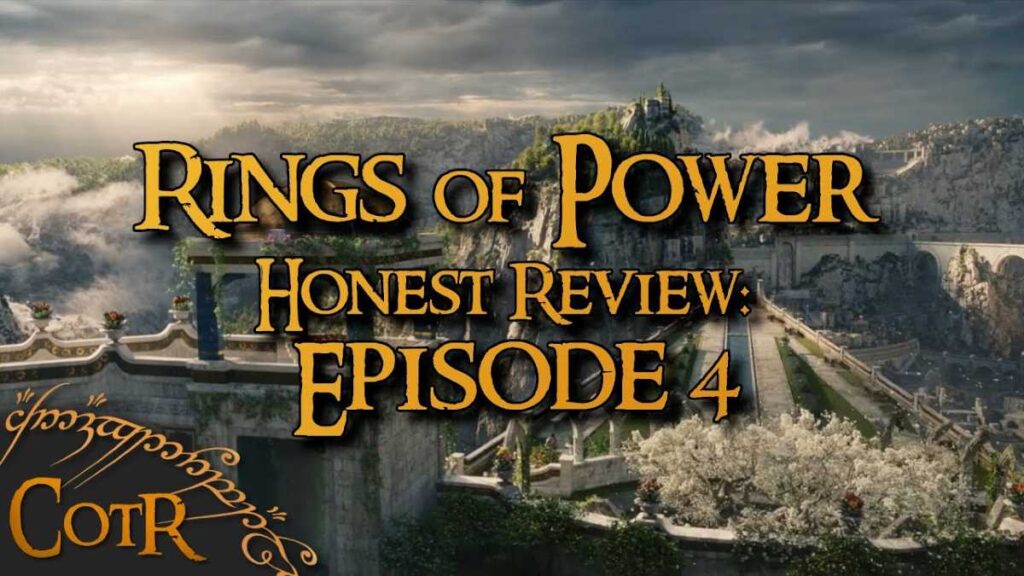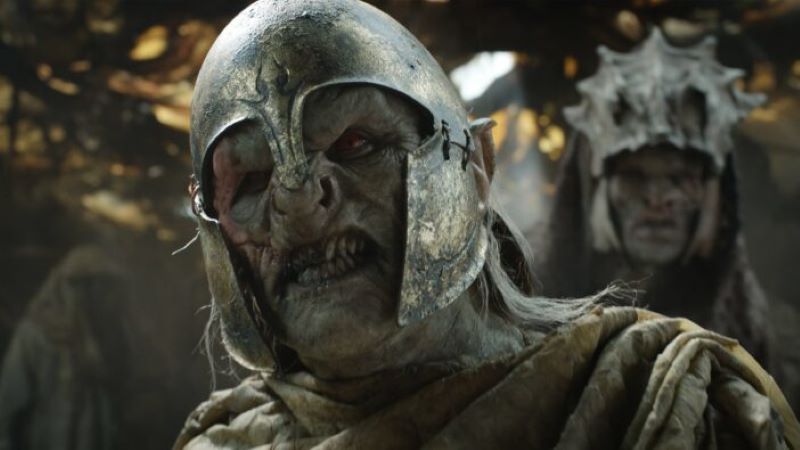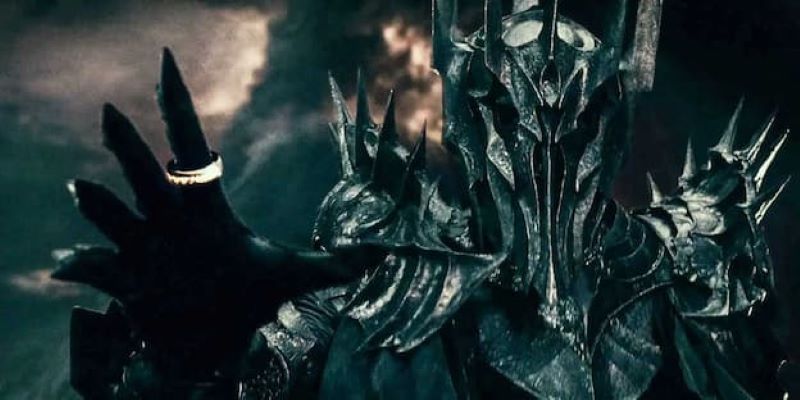Table of Contents
This week, the Lord of the Rings episode “The Rings of Power” features a recurring theme: parents. Concerns about safety and danger. This is obvious from the first dream sequence, in which Mriel serves as a hostess to a chamber full of newborns just before the Great Wave arrives and destroys the city. Tolkien had multiple visions concerning “The Great Wave.” This is the first time the ring has been seen since he handed it to Faramir in The Two Towers.
The Fear Of Fantasy

Mriel battles with her ailing father and refuses to rely on Galadriel because she fears her fantasy may come true. Despite his father’s concerns, Prince Durin continues to put himself in danger to take risks that may pay off in the long term. Theo and his mother are in danger due to his carelessness, and Isildur disappoints his friends and family, particularly Elendil.
All the tales are about individuals who are unsure whether or not to take a risk. Mriel’s position demonstrates that understanding the (potential) future isn’t always helpful when making choices in the present, but listening to what your forefathers understood is typically a brilliant idea. Almost every parent wants to protect their children, and poor Meriel is caught in the crossfire. She refuses to listen to her ailing father, yet she works tirelessly to safeguard the people of Nmenor.
The ancestors of both Elrond and Galadriel are mentioned. The Nmenóreans refer to Galadriel as the “daughter of Finarfin,” Elrond discusses his father, Earendil, with Celebrimbor and Durin. Their parents’ heroic efforts left a long shadow over them, acting as both an inspiration and an unreachable ideal. This is particularly true for Elrond.
Significant Narrative Threads

Some of the significant narrative threads finally begin to progress in this episode. So far, a palantr is the most probable cause for the Orcs’ quest. Some minor adjustments have been made to Tolkien’s original work. Elendil returns seven palantri to Middle-earth during the Second Age. His father owned one of them. They are utilized for telepathy and communication in The Lord of the Rings. Still, Sauron also employs them to deceive Saruman and Denethor by telling them a perverted version of the truth.
Read More: The Lord of the Rings: The Rings of Power Episode 3 ‘Adar’ Review
This palantr seems to display “many visions” that Galadriel says “may never come to pass,” similar to Galadriel’s Mirror in The Fellowship of the Ring. According to the narrative, there were only seven of them, and the other six were “lost or buried.” If that’s the case, the Orcs are most likely seeking a palantr.
Audience Expectations Of Action Sequence
This episode, like the others, is visually stunning yet progresses at the rate of a glacier. Still, the programme hasn’t had enough action thus far. We meet Adar at the beginning of the episode, but we don’t see him again for the rest of the program. Theo is still adamant about joining the enemy. Prince Durin intends to go to Lindon, although he has not yet departed. People from Nmenor have volunteered to assist Galadriel in the Southlands but have not yet gone. Neither the usual cast nor the Harfoots or Probably-Gandalf appeared in this episode.
Using the Elrond/Dwarves narrative as an example is the most excellent approach to convey the issue. If you’re familiar with J.R.R. Tolkien’s source material, you’ll recognize that the story is hinged on a vital figure who hasn’t yet appeared (unless he’s wearing a mask). We haven’t seen him in four episodes. People unfamiliar with the original plot may believe that not much is happening. Elrond is now assisting several Dwarves who are digging in a mine. You’re in for a treat if you don’t know what mithril is or what happens when Dwarves “delve too quickly and too deeply,” to paraphrase The Fellowship of the Ring. This is not a thrilling scenario!

The Pace Of The Series
Theo, Arondir, and Bronwyn’s flight from an army of Orcs are presented in slow motion, which adds to the already insane speed. Slow-motion battle sequences may be highly effective in depicting the sorrow of war, whether it’s to illustrate a character’s death (like Haldir in The Two Towers) or to make a more powerful message about the cruelty and loss of war (like the opening sequence of Ridley Scott’s Gladiator). The action had all the makings of a tremendous adrenaline rush, with the initial fright over Theo’s arm as the three central protagonists nearly averted death. The only thing you’ll accomplish by going slowly is to spend time with the tale.
We can only assume that this ploy originated with Peter Jackson’s films since he utilized it often, mainly when minor characters believed an essential character had perished (Frodo being stabbed by the cave-troll springs to mind). But, to be honest, even if those films are fantastic, Jackson went a bit too far. This should be the final thing done to a TV program that progresses too slowly and has difficulty keeping up with the tale.
Also Read: The Lord Of The Rings: The Rings Of Power: Cast, Story & Review

